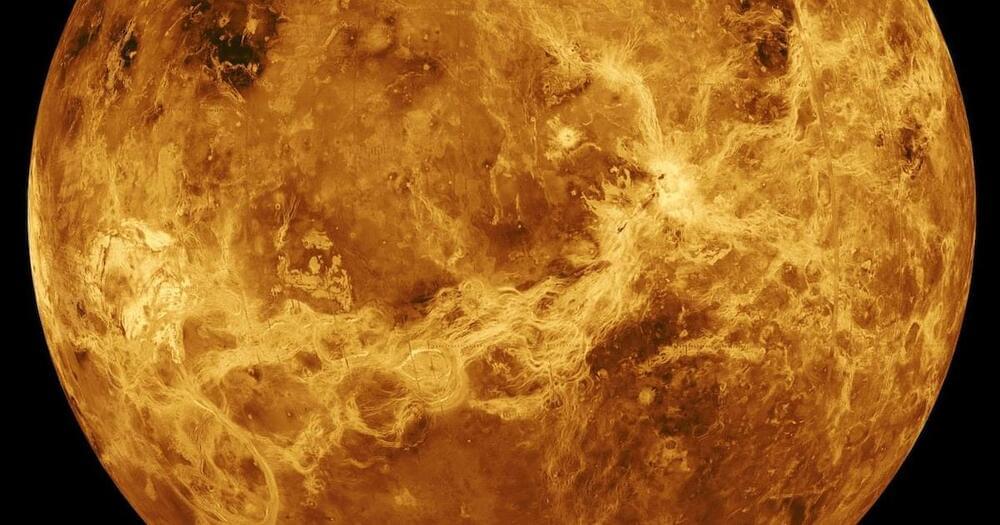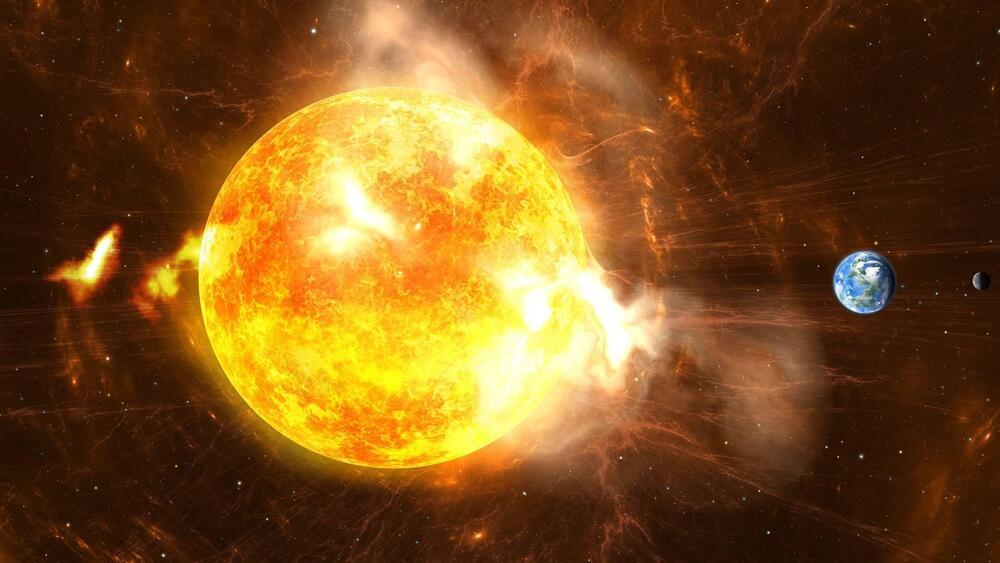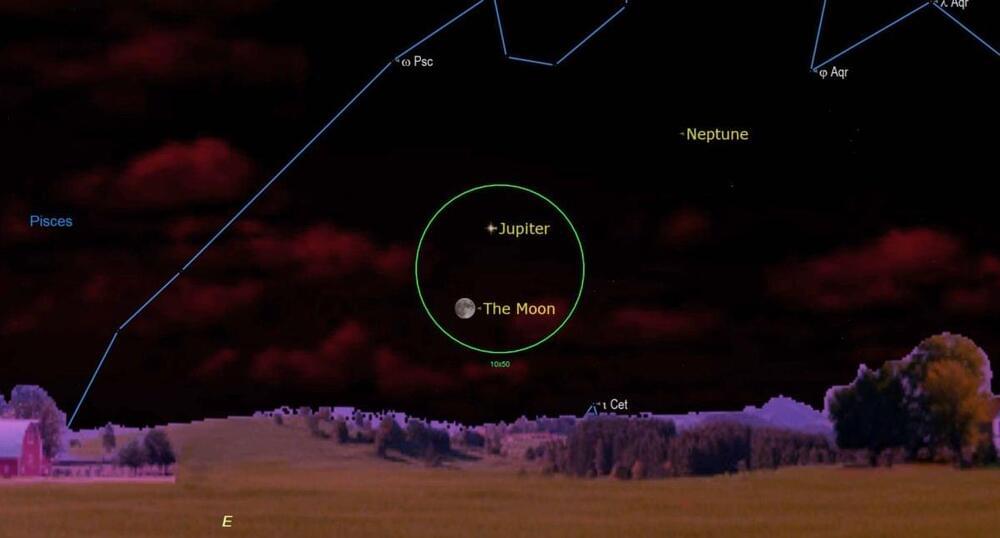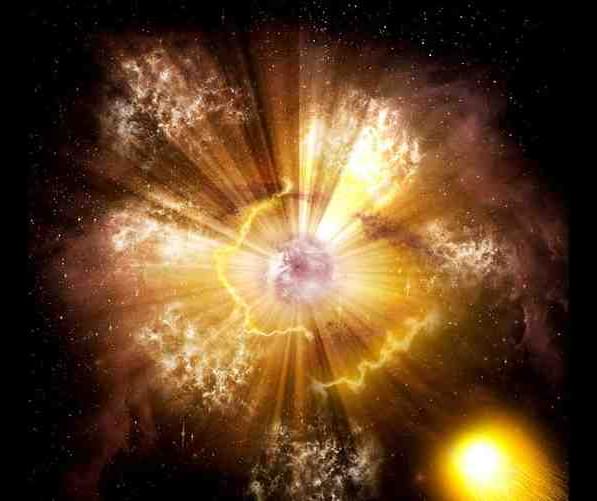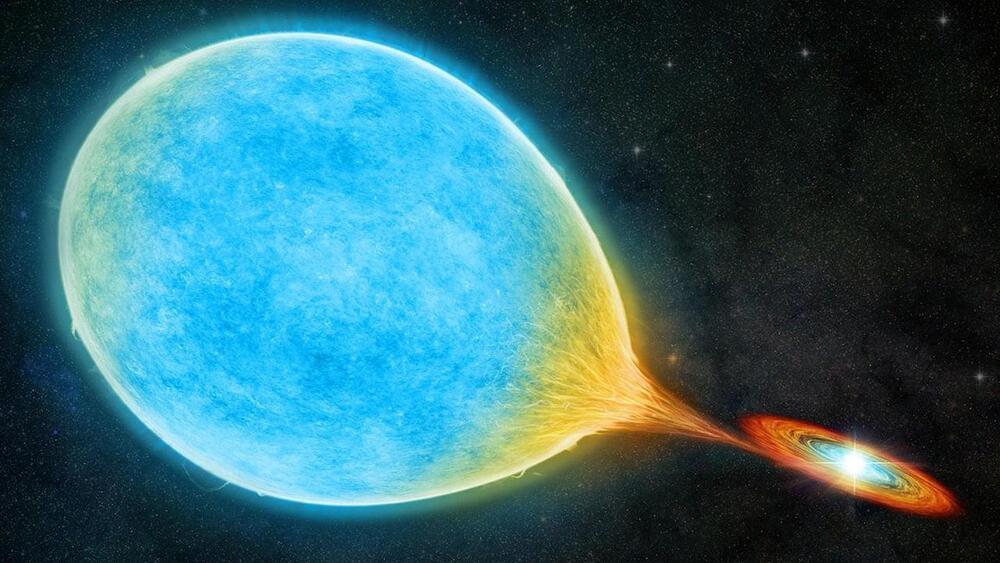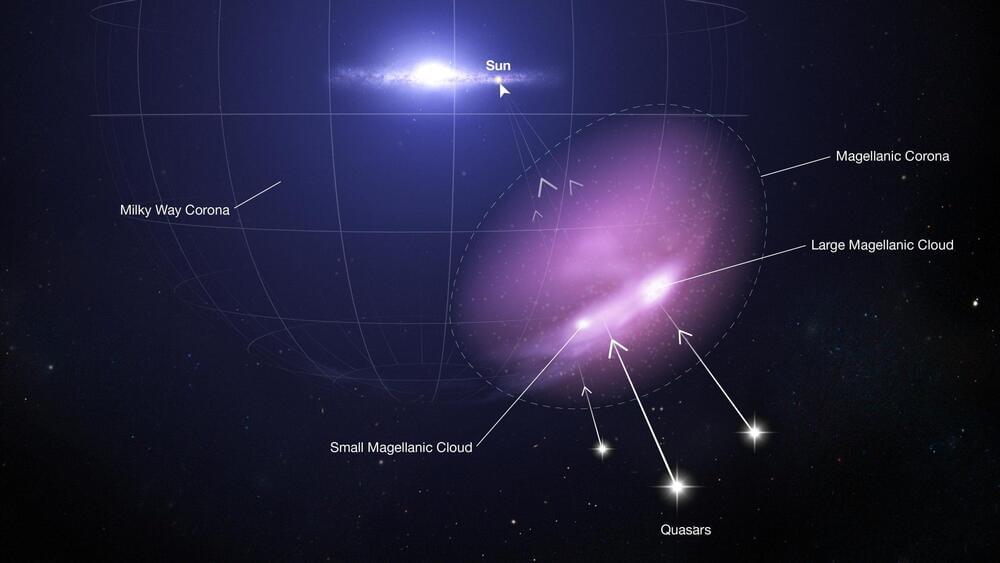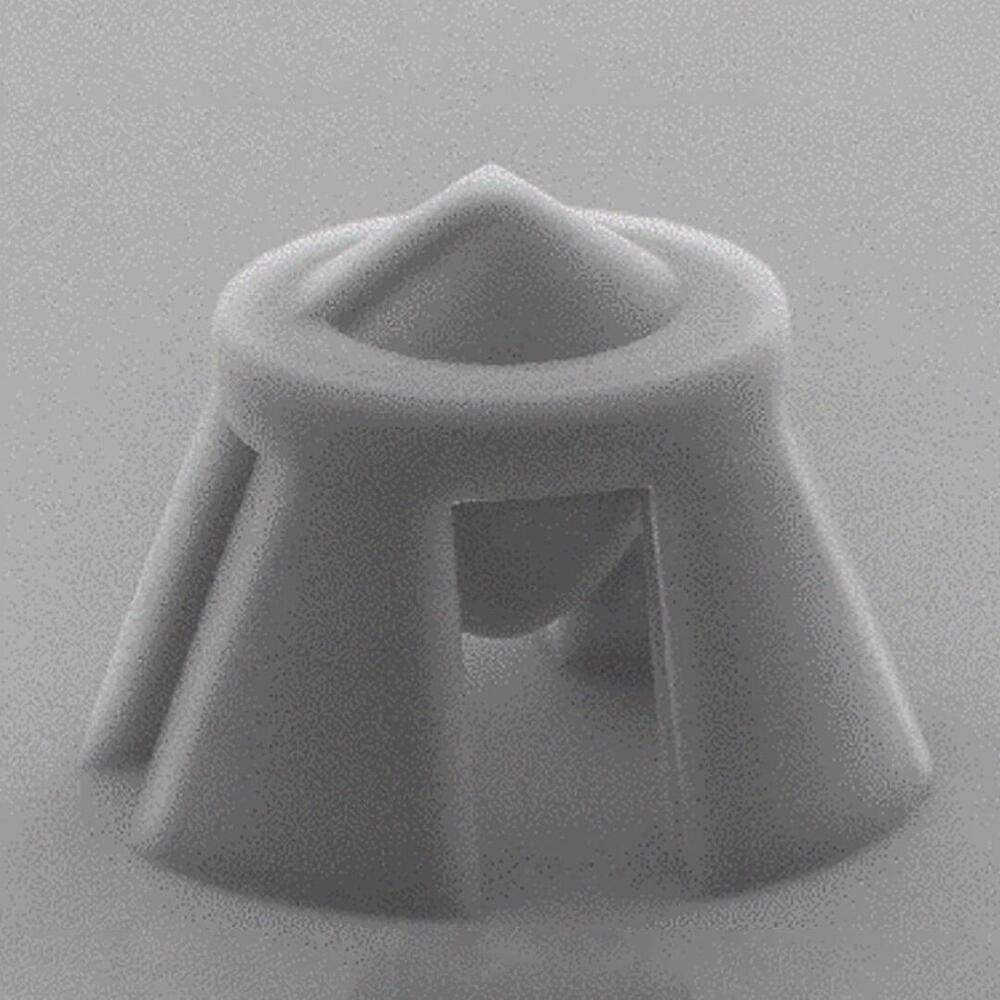Oct 8, 2022
The clouds of Venus may be habitable — a crewed flyby could confirm the theory
Posted by Atanas Atanasov in categories: biological, climatology, space
What we know about Venus so far has been gathered from several past probes.
With a slightly smaller diameter than Earth, Venus orbits closer to the Sun. This means that any water on the surface would have evaporated shortly after its formation, starting its greenhouse effect. Early and sustained volcanic eruptions created lava plains and increased the carbon dioxide in the atmosphere — starting the runaway greenhouse effect, which increased the temperature from just a little higher than Earth’s to its current high value of 475°C.
While Venus’s year is shorter than ours (225 days), its rotation is very slow (243 days) and “retrograde” — the other way round to Earth. The slow rotation is related to a lack of magnetic field, resulting in a continuing loss of atmosphere. Venus’ atmosphere “super-rotates” faster than the planet itself. Images from many missions show V-shaped patterns of clouds composed of sulphuric acid droplets.
Continue reading “The clouds of Venus may be habitable — a crewed flyby could confirm the theory” »
